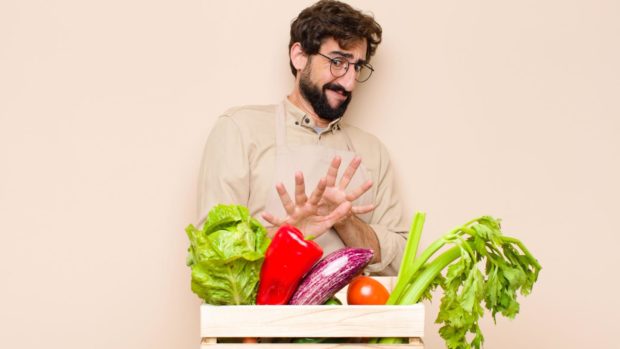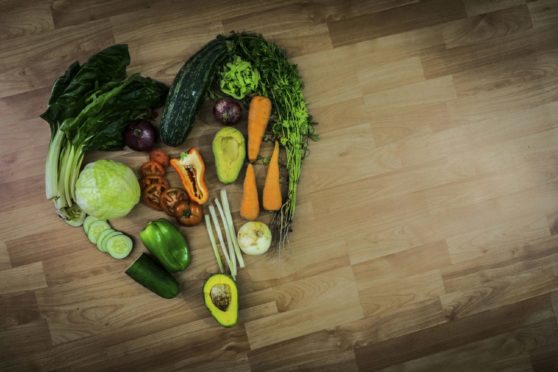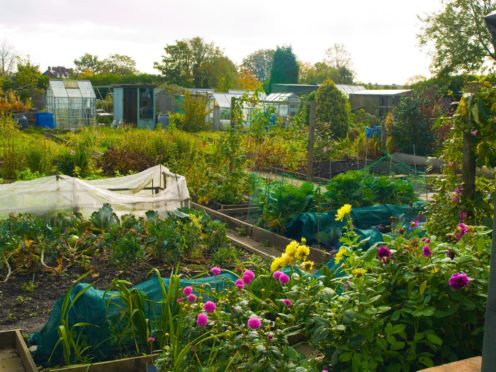Fruit and vegetables are absolutely key if you are following a vegetarian or vegan diet, but could some of the foodstuffs you’re eating be harmful? Brian Stormont found out.
Vegetables are all really good for you aren’t they? As soon as you can understand your parents you are told to eat your greens.
However, it seems that not all vegetables are actually beneficial to your health, there may be a number of rogue veggies out there lurking in the “Dirty Dozen”.
The reason many of the vegetables that you may be eating could be harmful to you is down to pesticides that are left on food after they have been grown.
Dirty Dozen
The Dirty Dozen and Clean 15 lists were originated by the Environmental Working Group (EWG) in the United States which produces the reports every year.
The Dirty Dozen are those fruits and vegetables found to contain the most pesticides.
But in the case of the Clean 15 relatively few pesticides have been detected on the foods, and tests found low total concentrations of them.
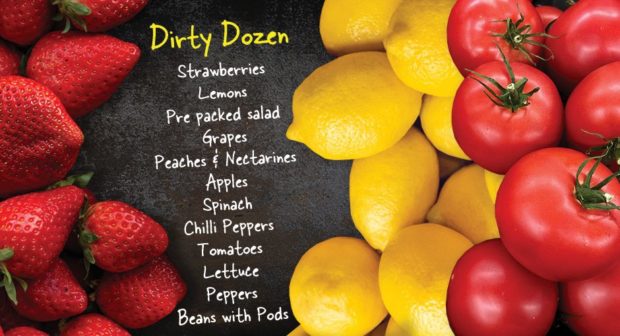
While the EWG’s report is based on US data, there are similar reports produced throughout the world with the Pesticide Action Network UK (PAN) compiling a UK list.
PAN’s lists of the “dirtiest” fruit and vegetables are based on UK Government data showing what percentage of samples revealed residues of more than one pesticide.
The latest report states: “We have chosen to focus on multiple residues because our regulatory system is only set up to assess the safety of one pesticide at a time, and so misses what is often called ‘the cocktail effect’.”
“Deep concern”
Nick Mole from PAN UK added: “The Dirty Dozen reveals that pesticide cocktails remain extremely common in UK food and should be of deep concern to consumers.
“There’s increasing evidence that chemicals can be more harmful when combined, particularly to pregnant women and young children, but we continue to set safety limits for just one pesticide at a time.
“Concern about the so-called ‘cocktail effect’ has been growing for decades. It’s high time we took action to protect human health.”
While still producing a Dirty Dozen, (PAN) no longer issues a Clean 15, as they believe: “’Clean’ does not mean that the produce was grown without pesticides, simply that no residues are present.”
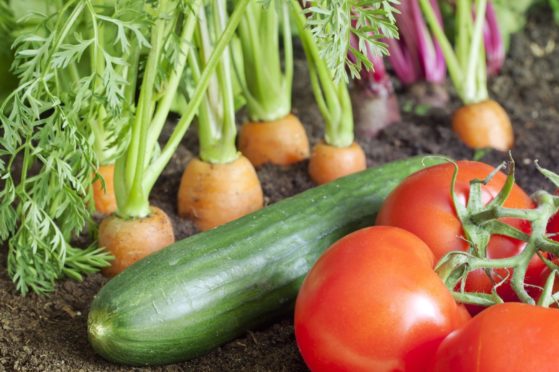
Fife nutritionist Louise Blanchfield said keeping a close eye on the Dirty Dozen can ensure you know which vegetables could potentially be doing you more harm than good.
She said: “When looking for other vegetables that can be bad for you if eaten in excess I would look at what we call the ‘Dirty Dozen’.
“They are the vegetables that either are covered in, or take up, the most pesticides when produced.
“These pesticides increase the load on the liver as these toxins need removing from our systems to prevent them harming us. The more you eat, the higher the load etc.”
Buy organic
Of course, you don’t actually have to stop eating the vegetables on the list, just buy them from a supplier where you know they are likely to have been grown organically, like your local farm shop for instance.
Louise added: “There is also a ‘Clean 15’ which are those vegetables which take up, or are covered in, the least number of pesticides.
“You can look at them, try to buy organic versions of the dirty dozen or make sure you wash them or peel them first. You can wash them in water with a little added vinegar if you can’t peel them.”
The nutritionist added that it is also important to keep an eye on other ingredients you use in your diet if you have health issues or are on medication.
She continued: “I would also advise caution with anyone on blood thinners when using ginger and turmeric regularly in their diet as they both have a natural blood thinning effect so should be avoided for anyone on warfarin or heparin.
“People should certainly avoid entirely any ginger or turmeric supplements when on these drugs.”
However, Louise said that although avocados are frequently tarnished as a vegetable which is bad for you, that is not actually the case.
“Avocados are very good for you. They get a bad press because of their fat content but from a nutrition perspective it’s healthy fat and so one to be encouraged in your diet!”
Read more on National Vegetarian Week…
